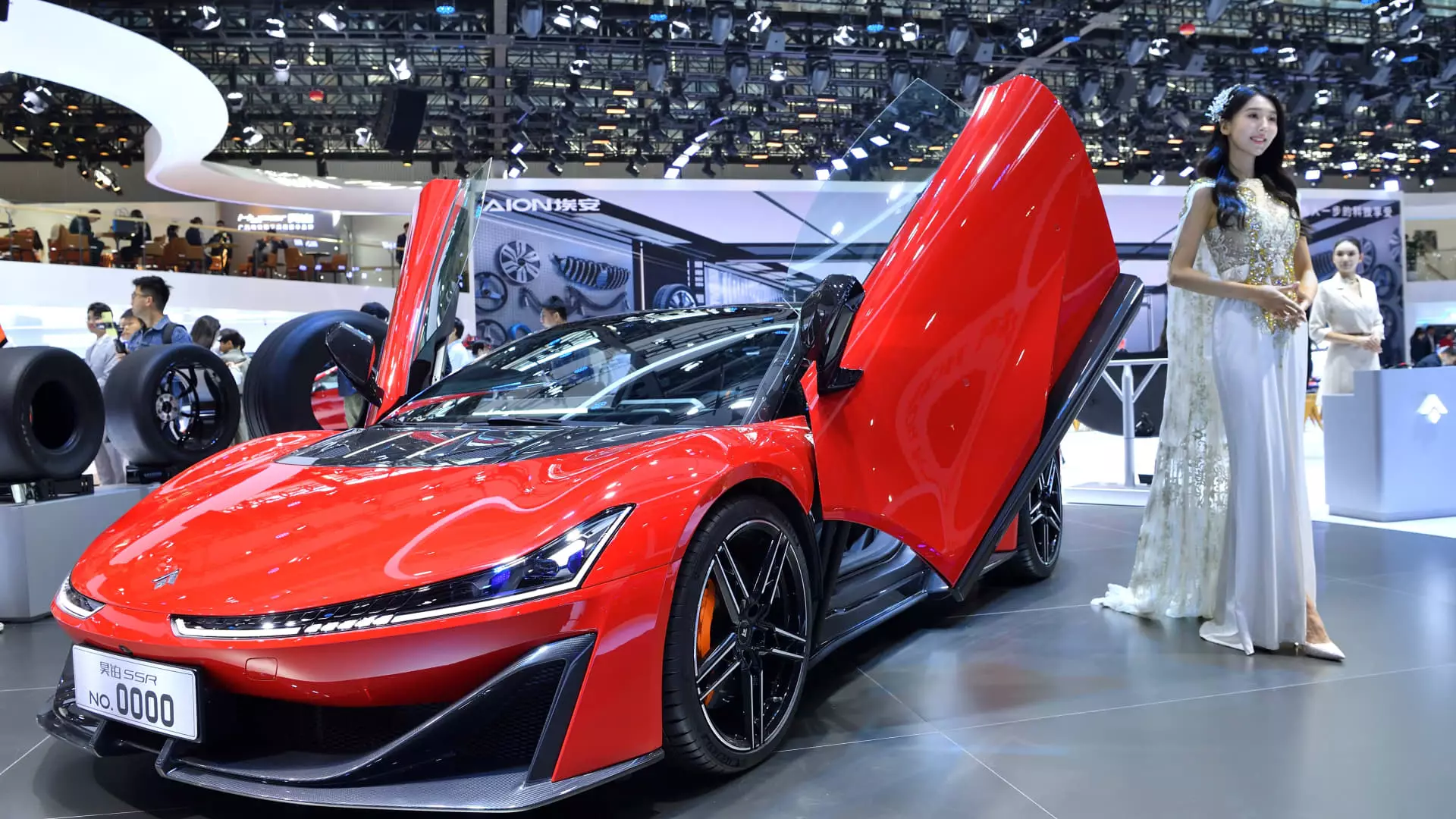Chinese automakers are making big plans to expand their presence beyond their home country and achieve a significant market share globally by 2030. According to a recent report by AlixPartners, these automakers aim to capture 33% of the global automotive market by the end of the decade, a significant jump from the forecasted 21% market share for this year. The growth is expected to primarily come from markets outside of China, with sales projected to grow from 3 million vehicles this year to 9 million by 2030.
The rapid expansion of Chinese automakers is causing concerns among legacy automakers and politicians around the world. Many fear that the influx of less-expensive Chinese-made vehicles will flood markets and challenge domestic-produced models, particularly in the all-electric vehicle segment. This shift in the automotive landscape poses challenges for legacy automakers in maintaining their market share and competitive edge.
AlixPartners anticipates that Chinese automakers will expand across all global markets, with significant growth expected in regions such as Central and South America, Southeast Asia, the Middle East, and Africa. In North America, Chinese automakers are projected to achieve a modest 3% market share, mainly in Mexico. However, markets like Japan and the U.S. present challenges due to stringent safety standards and import tariffs on Chinese EVs.
Legacy automakers like General Motors have already experienced setbacks in China due to the rise of domestic competitors such as BYD, Geely, and Nio. The report suggests that traditional automakers need to rethink their business strategies and pace of vehicle development to remain competitive in the face of Chinese automakers’ cost advantages and tech-enabled vehicles.
Unique Advantages of Chinese Automakers
Chinese automakers have several advantages that contribute to their rapid growth and success in the global market. These include cost advantages, localized production strategies that support a build-where-you-sell approach, and highly tech-enabled vehicles that cater to evolving consumer preferences for design and innovation. The report highlights that Chinese EV automakers can develop new products in half the time of legacy automakers by focusing on meeting standards rather than overengineering.
Looking Ahead
As Chinese automakers set their sights on dominating the global automotive market, traditional automakers face the challenge of adapting to a new competitive landscape. The report emphasizes the need for legacy automakers to reassess their business models, development processes, and innovation strategies to stay relevant amid the rise of Chinese automakers. The industry is on the brink of significant transformation, and only those who can adapt quickly and effectively will thrive in this new era of automotive innovation.

